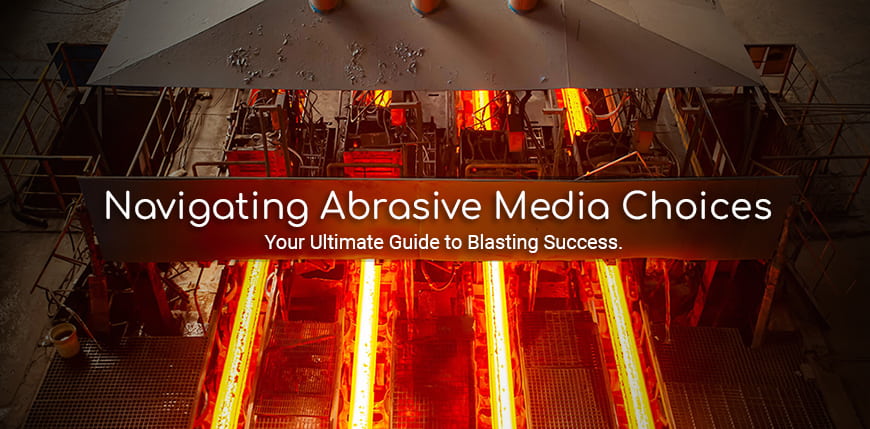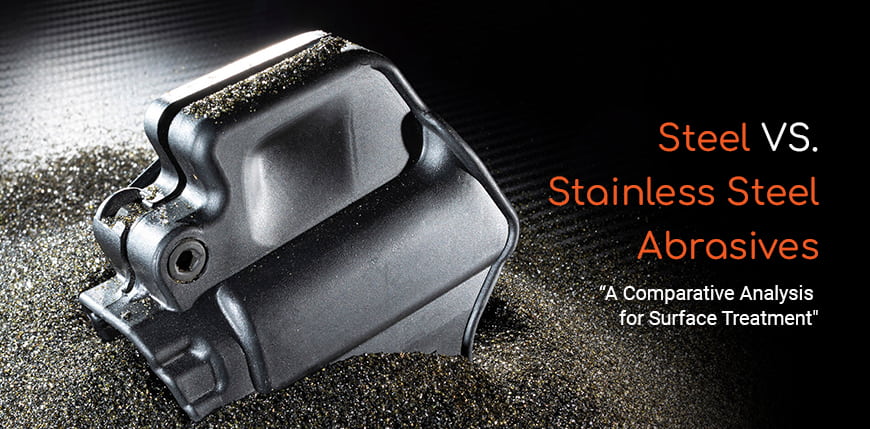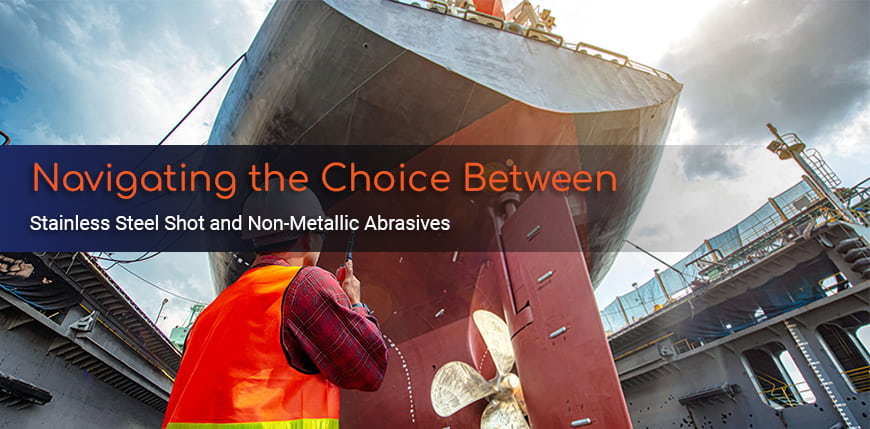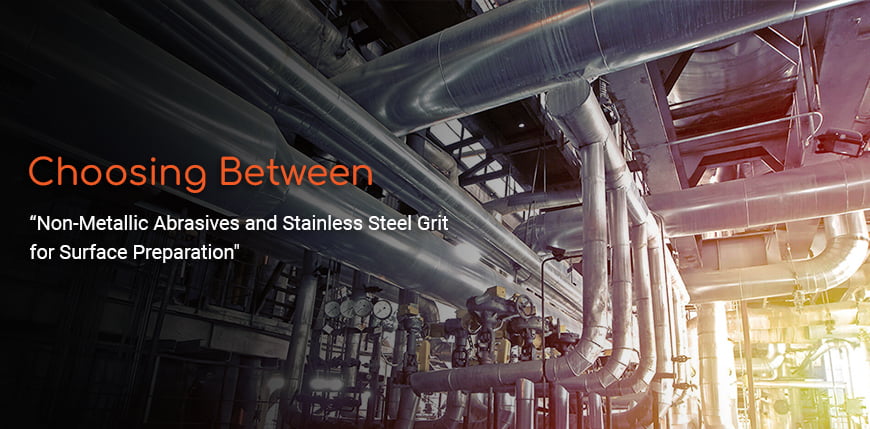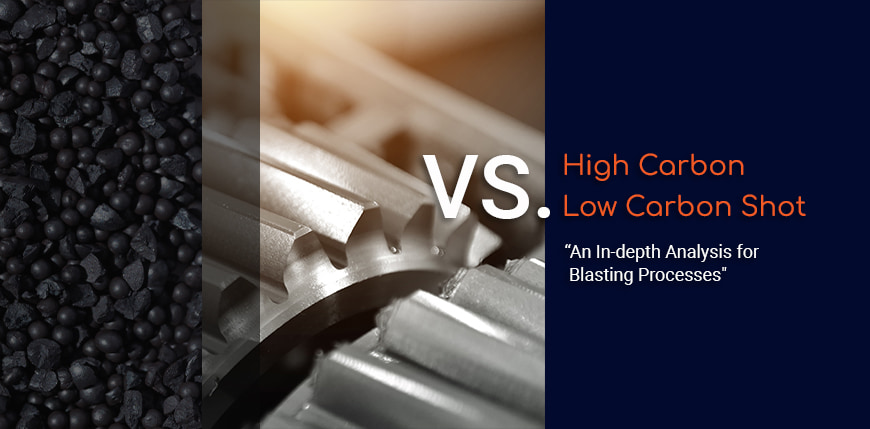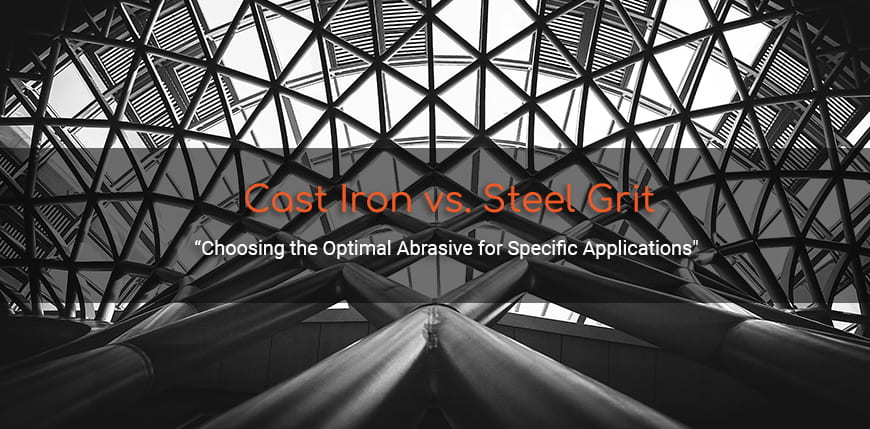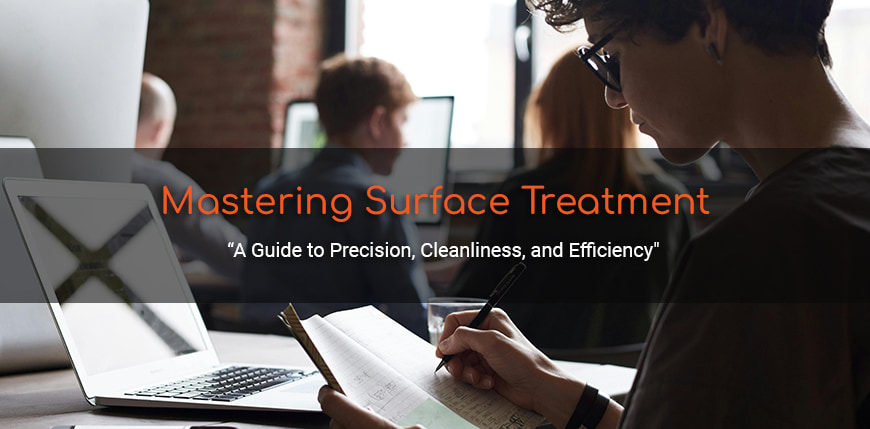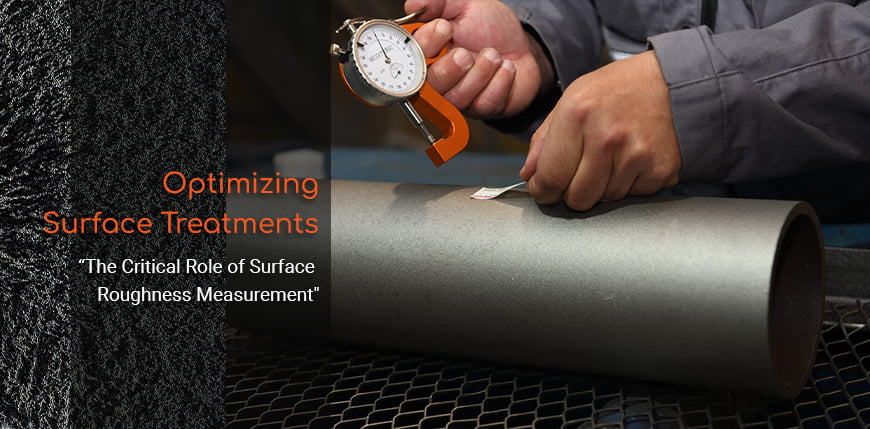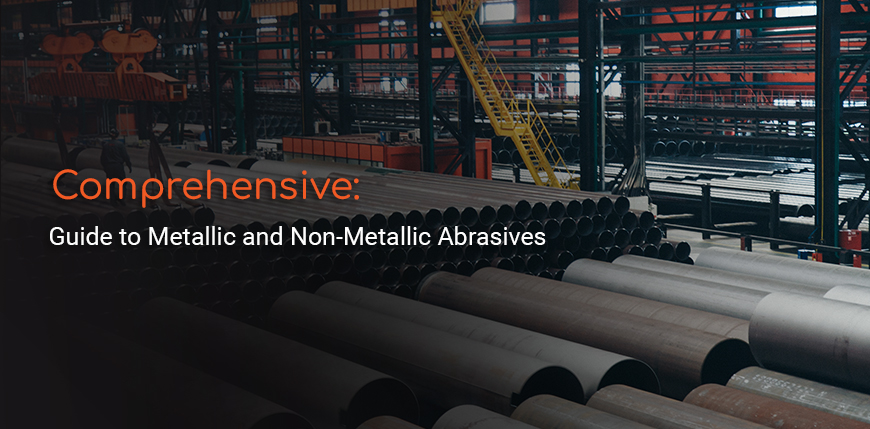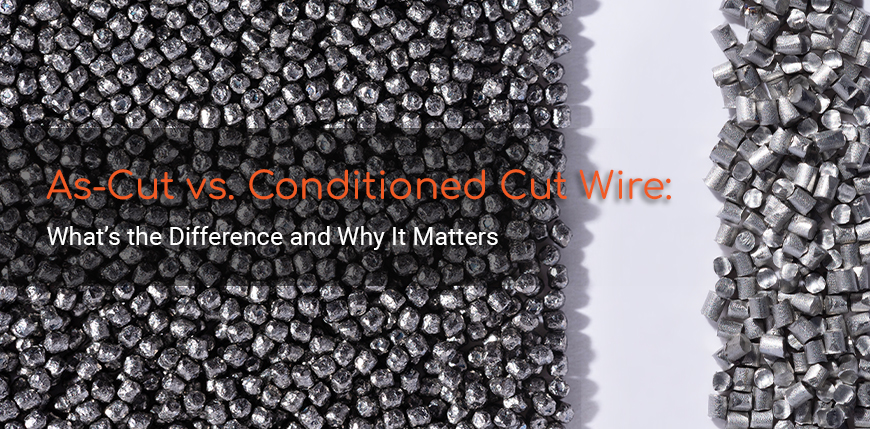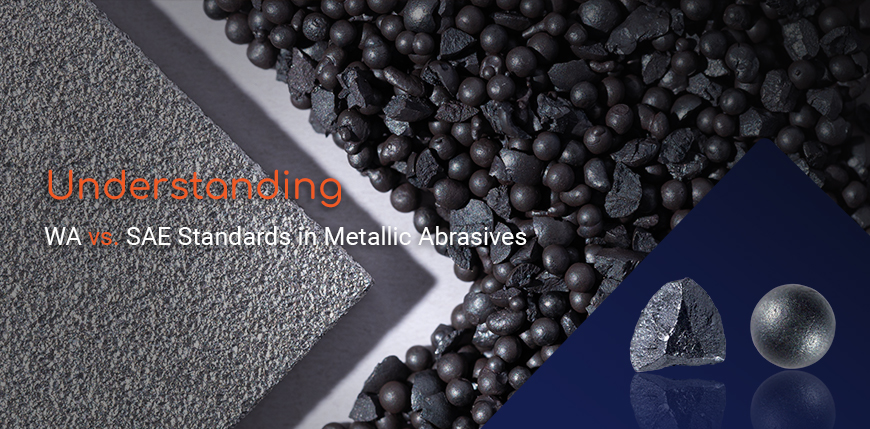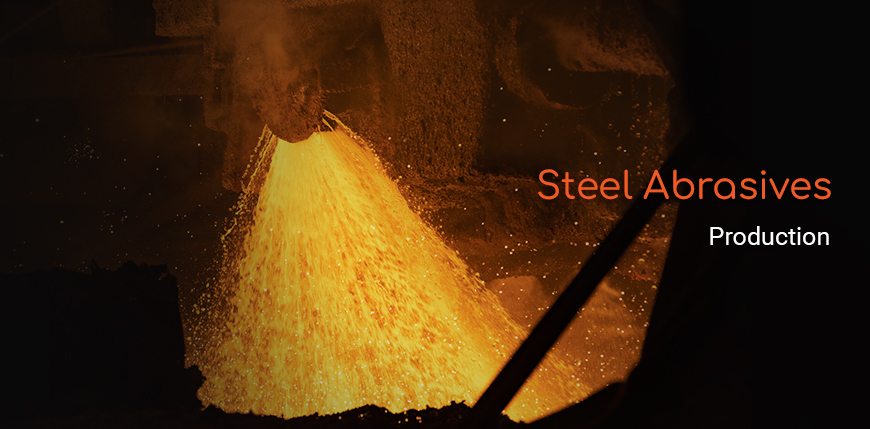Navigating Abrasive Media Choices: Your Ultimate Guide to Blasting Success
In the realm of abrasive blasting, the strategic selection of abrasive media is paramount for achieving operational excellence. This comprehensive guide delves into the nuanced differences between various types of abrasive media, offering insights into their applications, advantages, and the industries that stand to benefit most. By understanding these distinctions, professionals can make informed decisions, ensuring their blasting processes are both effective and efficient.
High Carbon Shot vs. Low Carbon Shot
Discover the intricacies of choosing between high carbon and low carbon shot, where the balance between hardness adjustability and application-specific requirements is critical. High carbon shot's versatility makes it suitable for a wide range of surface treatments, while low carbon shot offers cost advantages and



